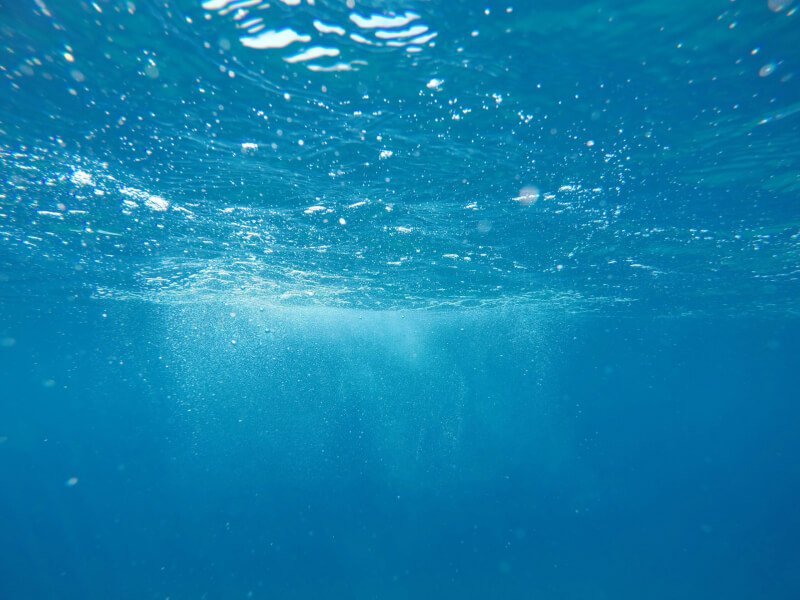Imagine yourself strolling along the pristine beaches of Florida, with the warm sun kissing your skin and the gentle sound of waves crashing in the distance. As you take in the picturesque scenery, your eyes are drawn to the sparkling fragments scattered amongst the sand. This is the world of sea glass, and in this guide, we will take you on a captivating journey through Florida’s hidden gems, revealing the best beaches to find these treasured coastal gems and providing tips on how to spot the most coveted pieces. Whether you’re a seasoned beachcomber or simply someone who appreciates the beauty of nature, this guide is your ultimate companion to uncovering the secrets of sea glass in Florida.
Types of Sea Glass in Florida
Clear Sea Glass
Clear sea glass is one of the most common colors you will find along the Florida coastline. It is usually derived from clear bottles, windows, and other glass objects that have been tumbled and weathered by the ocean. Clear sea glass has a beautiful translucent quality that catches the light and shines brilliantly in the sun.
Green Sea Glass
Green sea glass is another popular color that can be found in abundance on Florida’s beaches. It is often the result of discarded glass bottles, particularly those used for soda and beer. Over time, the glass gets worn down by the waves and transformed into smooth, frosted gems of various shades of green. Collecting green sea glass can be quite rewarding, as it comes in an array of hues ranging from pale seafoam to deep emerald.
Brown Sea Glass
Brown sea glass, also known as amber sea glass, is less common but still frequently found in Florida. It originates from old medicine bottles, beer bottles, and other brown glass items. Brown sea glass has a warmth and earthiness to it, making it a unique and sought-after treasure. Keep an eye out for these richly colored gems as you comb the shoreline.
Blue Sea Glass
Blue sea glass can be quite elusive, but if you’re lucky, you may stumble upon a piece while beachcombing in Florida. It primarily comes from bottles used for spirits, such as liquor or milk of magnesia. Blue sea glass can range from pale turquoise to deep cobalt, reminiscent of the crystal-clear waters of the Caribbean. Finding a piece of blue sea glass is like uncovering a hidden gem.
White Sea Glass
White sea glass, often referred to as milk glass, is a timeless classic that exudes elegance and simplicity. It is derived from milk bottles, as well as clear glass objects that have been bleached by the sun and saltwater. White sea glass is a staple of any sea glass collection, offering a pristine and ethereal beauty that is hard to resist.
Rare Colors of Sea Glass
While the aforementioned colors are the most commonly found types of sea glass in Florida, there are also rare colors that can make any beachcomber’s heart skip a beat. These include hues like red, orange, yellow, purple, and black. Red sea glass, for example, is a highly prized treasure, often originating from old stoplights or automobile tail lights. Finding these rare colors is like finding a needle in a haystack, but the thrill of the hunt is part of the joy of sea glass collecting.
Best Beaches for Finding Sea Glass in Florida
Cayo Costa State Park
Cayo Costa State Park, located just off the Gulf Coast of Florida, is a prime destination for sea glass enthusiasts. The secluded island offers miles of pristine, undeveloped coastline, making it a haven for beachcombing. The gentle waves and ocean currents wash ashore an abundance of sea glass, particularly in colors like green, blue, and clear. Take a ferry or private boat to this idyllic paradise and prepare to embark on your sea glass hunting adventure.
Fort De Soto Park
Fort De Soto Park, situated near St. Petersburg, is renowned for its natural beauty and abundant sea glass. The park boasts several miles of sandy beaches, where sea glass can be found nestled among the shells and driftwood. The calm, clear waters of the Gulf of Mexico contribute to the impressive collection of sea glass, with colors ranging from white to brown and everything in between. Explore the park’s trails, enjoy a picnic, and spend the day searching for seaside treasures.
Pass-A-Grille Beach
Located on the southern end of St. Pete Beach, Pass-A-Grille Beach is a true gem for sea glass enthusiasts. This quaint coastal community offers a wide stretch of beach, perfect for leisurely strolls accompanied by the sound of crashing waves. Pass-A-Grille Beach is known for its abundance of green and blue sea glass, which can be found along the high tide line. Enjoy the small-town charm, soak up the sun, and uncover the hidden treasures that lie beneath the sand.
Blind Pass Beach
Blind Pass Beach, located on Sanibel Island, is a hotspot for both shells and sea glass. The constant movement of the tides ensures a steady supply of sea glass, especially green and clear pieces. This peaceful beach is ideal for a relaxing day of beachcombing, as you take in the breathtaking views of the Gulf of Mexico. Don’t forget to bring your shelling bags and your keen eye for sea glass as you explore the shoreline.
Juno Beach
Juno Beach, situated on Florida’s east coast, is a haven for sea glass enthusiasts. The beach is known for its abundance of white and clear sea glass, as well as occasional blue and green pieces. The proximity to the Gulf Stream attracts an array of treasures, including sea glass worn smooth by the relentless surf. Take a leisurely stroll along Juno Beach, soak up the sun, and let the rhythmic crashing of the waves guide you to your very own sea glass discoveries.
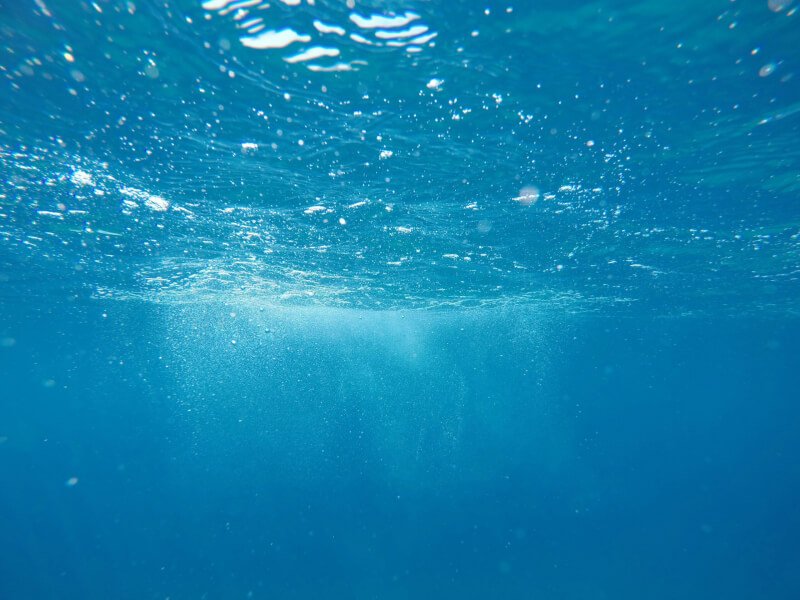
Tips for Finding Sea Glass in Florida
Timing and Tides
Timing is everything when it comes to finding sea glass in Florida. Plan your beachcombing adventure during low tide, as this exposes a larger area of the beach for exploration. Additionally, it’s best to search for sea glass after a storm when the waves are rough, as this tends to churn up hidden treasures and wash them ashore. Be sure to check the local tide charts and weather forecasts before setting out on your sea glass hunting expedition.
Walking and Scanning Techniques
When searching for sea glass, it’s important to develop effective walking and scanning techniques. Walk slowly along the shoreline, keeping your eyes focused on the sand just in front of you. Pay attention to the glimmering reflections and unusual shapes that may indicate the presence of sea glass. Experts recommend walking in a zigzag pattern, as this allows you to cover more ground and increases your chances of finding sea glass treasures.
Beachcombing Tools
While sea glass can often be found simply by scanning the shoreline, having the right tools can enhance your treasure-hunting experience. Consider bringing a mesh bag or bucket to collect your sea glass finds, as well as a small shovel or sand scoop for digging deeper into the sand. A magnifying glass can also be useful for spot-checking potential sea glass pieces and revealing intricate patterns or tiny details.
Spotting Difference between Glass and Stone
One of the challenges of sea glass hunting is distinguishing genuine sea glass from ordinary rocks and pebbles. To differentiate between the two, there are a few key characteristics to look out for. Genuine sea glass often has a frosty or pitted appearance, as well as a smooth texture. It may also have rounded edges and show signs of being worn down by the ocean. In contrast, stones and pebbles are typically more opaque, lack the distinctive frosted look, and have sharper, unweathered edges.
Cleaning and Caring for Sea Glass
Cleaning Methods for Sea Glass
Cleaning sea glass is an essential step before adding it to your collection or using it for crafting purposes. There are various methods you can use to clean sea glass, depending on the level of dirt and debris present. One simple method involves rinsing the sea glass in warm, soapy water and gently scrubbing it with a soft toothbrush to remove any residue. For heavily encrusted sea glass, a soaking solution of vinegar and water can help loosen stubborn dirt. Whichever method you choose, be sure to rinse the sea glass thoroughly and allow it to air dry before handling or storing.
Preserving and Displaying Sea Glass
Preserving and displaying your sea glass treasures allows you to showcase their natural beauty and create a visually appealing collection. Many sea glass enthusiasts choose to display their finds in glass jars or containers, grouped by color or size. For a more artistic approach, consider arranging sea glass pieces on a canvas or in a shadow box to create a unique and personalized piece of wall art. To preserve the natural frosted appearance of sea glass, avoid using any chemical sealants or polishes that may alter its texture or color.
Avoiding Damage and Breakage
Sea glass is delicate by nature, and it’s essential to handle it with care to avoid damage and breakage. When collecting sea glass, try to avoid placing heavy objects or shells on top of it, as this can cause it to crack or chip. It’s also important to store sea glass in a safe place when not in use, preferably in soft cloth or tissue paper to prevent any accidental scratching. Be mindful of the fragility of sea glass and handle it gently to ensure its longevity and beauty.
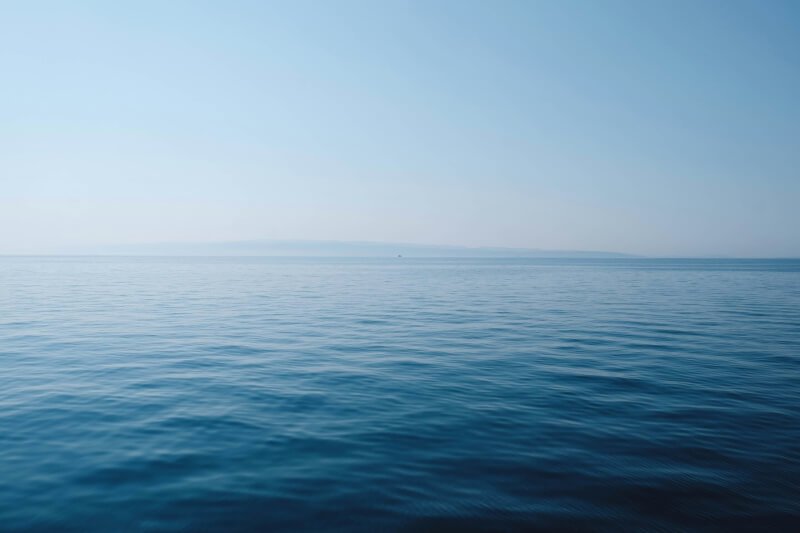
Interesting Facts About Sea Glass
Origin and Formation
Sea glass, often referred to as “mermaid’s tears,” begins its journey as discarded glass objects that find their way into the ocean. Over a span of many years, the waves and sand work their magic, transforming sharp shards into smooth, polished treasures. The journey to becoming sea glass involves a combination of physical, chemical, and biological processes, resulting in the unique beauty that has captivated beachcombers for centuries.
Sea Glass Colors and Rarity
The color of sea glass is determined by the type of glass it originated from, as well as the minerals and impurities present. While clear and green sea glass are relatively common, other colors like blue, brown, white, and especially rare colors like red and purple are much harder to find. Rarity and value are often associated with the uniqueness of sea glass colors, making the discovery of these rare hues even more exciting for collectors.
Historical Significance
Sea glass holds a wealth of historical significance, providing a tangible connection to the past. Many pieces of sea glass can be traced back to a specific era, such as the early 1900s when the widespread use of glass bottles began. By studying the shape, color, and markings on sea glass, historians and collectors can gain insights into the social and cultural aspects of bygone eras. Each piece of sea glass becomes a window into history, preserving the stories of the people who once held and discarded these glass objects.
Sea Glass Jewelry and Art
Creating Sea Glass Jewelry
Sea glass is a popular material used in creating unique and beautiful jewelry pieces. From earrings and necklaces to bracelets and rings, the possibilities are endless when it comes to designing with sea glass. Skilled artisans carefully select and shape sea glass to fit into various jewelry settings, highlighting its natural beauty. Whether you prefer a minimalist, beachy aesthetic or a more intricate, statement piece, sea glass jewelry is sure to captivate and delight.
Sea Glass Art and Crafts
Sea glass is not only used to create stunning jewelry but also finds its way into various art and craft projects. Mosaics, wind chimes, stained glass windows, and sculptures are just a few examples of the creative ways sea glass can be incorporated into artistic endeavors. Many artists are inspired by the colors, textures, and history of sea glass, using it as a medium to convey their passion for the ocean. Embrace your inner artist and explore the limitless possibilities of sea glass art and crafts.
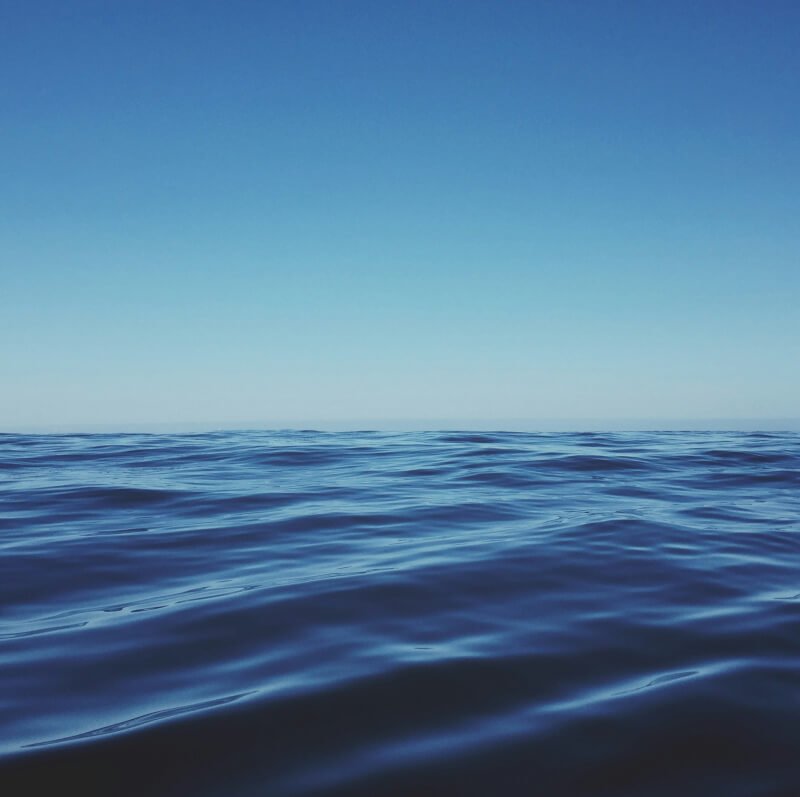
Sea Glass Festivals in Florida
Treasure Coast Sea Glass and Beach and Vine Festival
The Treasure Coast Sea Glass and Beach and Vine Festival is an annual event held in Vero Beach, Florida, celebrating the beauty and allure of sea glass. The festival brings together sea glass enthusiasts from near and far, offering a wide variety of sea glass-related activities and vendors. Browse through collections of sea glass, participate in workshops, and learn from experts in the field. This festival is a must-visit for anyone passionate about sea glass.
Florida Sea Glass and Beach Festival
The Florida Sea Glass and Beach Festival is another delightful event for sea glass enthusiasts. Held in Delray Beach, Florida, this festival showcases the beauty and uniqueness of sea glass through various exhibits, workshops, and vendors. Discover hidden treasures, learn about the art of creating sea glass jewelry, and immerse yourself in the mesmerizing world of sea glass. Whether you’re a seasoned collector or a curious beginner, this festival is sure to inspire and captivate.
Sea Glass Conservation and Sustainability
Leave No Trace Principles
When engaging in the thrilling activity of sea glass hunting, it’s important to follow the principles of Leave No Trace. This means minimizing your impact on the natural environment by practicing responsible behavior. Avoid disturbing natural habitats, refrain from taking excessive amounts of sea glass, and dispose of any trash or debris properly. By adhering to Leave No Trace principles, you can ensure the preservation of the coastal ecosystems that produce these beautiful treasures.
Responsible Beachcombing
Responsible beachcombing involves not only respecting the environment but also being mindful of other beachgoers and local regulations. Be courteous and considerate to others who may be enjoying the beach, and always adhere to any rules or guidelines set by local authorities. Remember, the joy of beachcombing lies in the experience of discovery, so there is no need to be greedy or competitive. Practice responsible beachcombing to ensure the enjoyment of this pastime for generations to come.
Environmental Impact of Collecting Sea Glass
While collecting sea glass can be a rewarding and enjoyable pastime, it’s important to be aware of the potential impact on the environment. Excessive removing of sea glass can disrupt the natural balance of the coastal ecosystem, as it plays an important role in erosion control and provides habitat for various marine species. As a responsible collector, it’s essential to strike a balance between enjoying the beauty of sea glass and preserving the natural coastal environment for future generations.
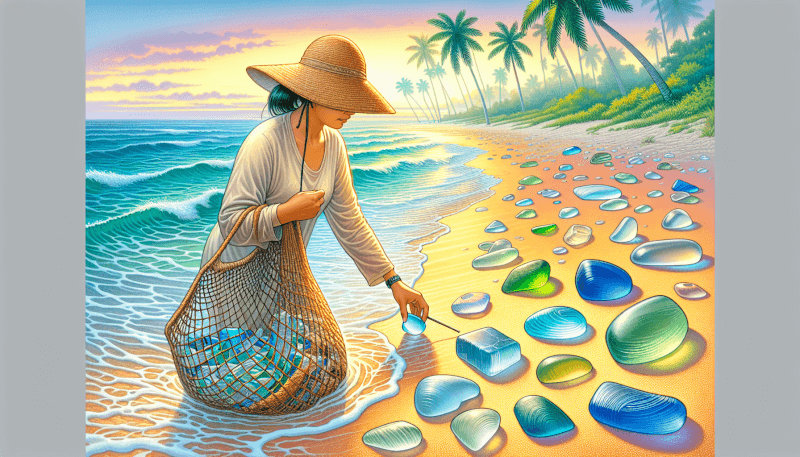
Other Beachcombing Treasures in Florida
Shells
Florida is world-renowned for its abundance of seashells. From delicate coquinas to colorful conchs, the diverse array of shells you can find along the Sunshine State’s coastlines is truly remarkable. Take a leisurely stroll along the beach and keep an eye out for shells of all shapes, sizes, and colors. Remember to admire their beauty and leave any live shells where you find them to ensure the preservation of marine life.
Driftwood
Driftwood is another unique beachcombing treasure that can be found washed ashore on Florida’s beaches. The constant movement of the tides brings an ever-changing assortment of driftwood, ranging from small, weathered branches to large, gnarled tree trunks. Collecting driftwood allows you to embrace the natural beauty of the ocean and unleash your creativity, as it can be used for various art and craft projects or simply displayed as a decorative element in your home.
Fossils
Florida’s rich geological history has left a treasure trove of fossilized remains along its beaches. From ancient shells and coral to shark teeth and mammoth bones, the possibilities for fossil discoveries are endless. Fossil hunting requires a keen eye and a lot of patience, as these remnants from the past can be well-hidden in the sand. Whether you stumble upon a rare fossil or a more common discovery, each piece is a testament to Florida’s ancient history and a reminder of the Earth’s ever-changing landscape.
Risk and Safety Considerations
Sun Protection
When embarking on a sea glass hunting adventure in Florida, it’s crucial to protect yourself from the sun’s harmful rays. Apply sunscreen with a high SPF, wear a wide-brimmed hat, and don’t forget to bring sunglasses to shield your eyes. It’s also important to stay hydrated by drinking plenty of water and seek shade when necessary. By taking these precautions, you can enjoy your beachcombing experience without the risk of sunburn or heatstroke.
Wearing Appropriate Footwear
The terrain along Florida’s beaches can vary, and it’s essential to wear appropriate footwear for comfort and safety. Opt for closed-toe shoes or sandals with sturdy soles to protect your feet from sharp shells, rocks, or other hazards hidden beneath the sand. Additionally, wearing shoes with good traction will help you maintain stability, especially when walking on wet or slippery surfaces.
Avoiding Sharp Edges
While sea glass has been naturally weathered and smoothed by the ocean, it’s important to remain cautious and avoid handling any pieces with sharp edges. Sea glass can sometimes break during the tumbling process, resulting in potentially sharp fragments. Be careful when picking up sea glass and handle it gently to avoid any accidents or injury. If you do come across a piece with a sharp edge, it’s best to leave it behind for safety reasons.
Checking Local Guidelines
Before embarking on your sea glass hunting expedition, it’s a good idea to check for any local guidelines or regulations that may be in place. Some beaches may have specific rules regarding collecting sea glass or adhering to certain conservation practices. Familiarize yourself with these guidelines to ensure that you have a safe and enjoyable experience while respecting the environment and the beach ecosystem.
In conclusion, Florida’s coastline is a treasure trove for sea glass enthusiasts, offering a wide variety of colors and endless opportunities for beachcombing adventures. Whether you’re searching for rare hues or simply enjoying the thrill of the hunt, Florida’s beaches provide a beautiful backdrop for collecting and appreciating the natural beauty of sea glass. Remember to follow responsible beachcombing practices, care for your sea glass treasures, and immerse yourself in the wonder of this captivating hobby. Happy hunting!


